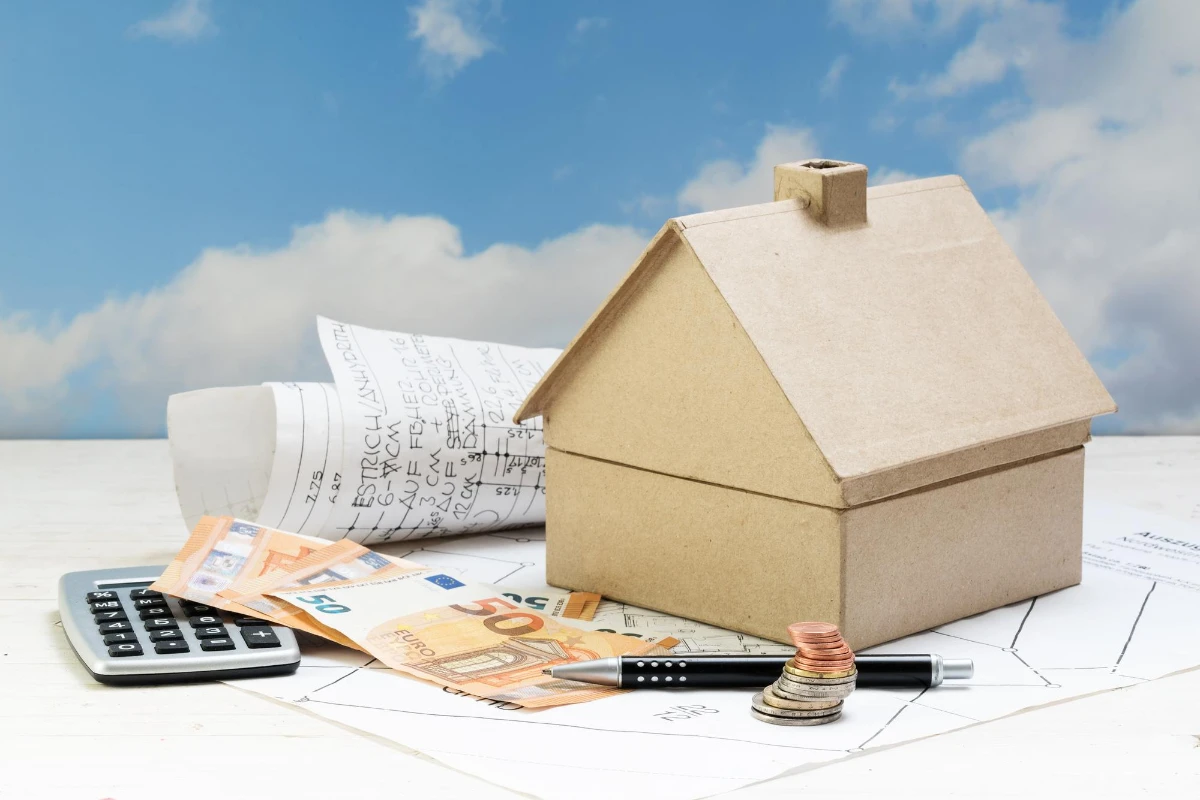For any business owner, the roof isn’t just a metaphor for responsibility – it’s a crucial physical barrier protecting your operations, inventory, and ultimately, your bottom line. Commercial roofs represent a significant investment, and when the inevitable repairs or replacements loom, questions about cost recovery and the potential tax deductibility for roofing naturally arise.
Can these expenses, including considerations for tax deductibility for roofing, be deducted on your taxes? The answer, like most things in the tax code, isn’t a simple yes or no. It depends on the nature of the work and your understanding of some key tax advantages.
Please understand that the information in this article is informational only and not intended as tax or legal advice. It’s important to seek expert guidance in those areas before making any decisions.
Defining Commercial Roofing and Common Costs

Commercial roofing differs significantly from residential roofing in terms of design, materials, and maintenance. Unlike the familiar shingles and pitched roofs of homes, commercial roofs are characterized by large, flat surfaces, often with low slopes, specifically engineered to withstand harsh weather conditions and support heavy equipment loads.
Commercial roofs can range from gleaming metal roofs to seamless single-ply membranes and complex built-up systems, each with its own lifespan and associated costs. Metal roofs offer exceptional durability but come with higher initial expenses, while single-ply membranes provide cost-effective solutions with moderate lifespans. Built-up roof systems, in contrast, present a robust option for high-traffic areas but require specialized maintenance.
Regular inspections and minor repairs, such as addressing leaks and minor storm damage, are vital for prolonging the longevity of commercial roofs. This preventative maintenance is akin to safeguarding the building’s crowning glory.
However, despite meticulous care, the effects of time and inevitable wear and tear necessitate major repairs, such as extensive membrane replacements or structural reinforcements. At this juncture, the tax deductibility of these significant repairs becomes a critical consideration.
Capital Improvements vs. Repairs: Navigating the Deductible Landscape
The crux of tax deductibility for roofing expenses hinges on a fundamental distinction: capital improvements versus ordinary repairs.
Capital Improvements
Think of capital improvements as major upgrades that extend your roof’s lifespan and potentially increase the building’s value. This would include complete roof replacements, significant structural upgrades, or installing cutting-edge insulation systems.
These qualify for immediate deductions under Section 179 of the IRS Tax Code, up to a generous $1 million limit. It’s like recouping a portion of your investment upfront, giving your finances a welcome boost.
Repairs and Maintenance

On the other hand, routine maintenance and minor repairs fall under the category of ordinary business expenses. Think patching leaks, replacing damaged flashing, or fixing minor storm damage. These are deductible in the current year as part of your operating costs, providing immediate relief for your tax burden.
Understanding this distinction is key to maximizing your deductions and avoiding potential tax headaches. Remember, a complete roof replacement, even if driven by extensive repairs, qualifies as a capital improvement, not just a glorified patch job.
Leveraging Section 179: Maximizing Your Deductions
Section 179 presents a golden opportunity to offset the hefty costs associated with commercial roof replacements. However, navigating its nuances is crucial. The $1 million deduction limit applies to all qualifying improvements made in a single year, not just your roof alone. So, strategic planning is your friend. If you have major renovations planned alongside your roof replacement, consider phasing them across multiple years to optimize your deductions. Remember, every dollar saved is a dollar reinvested in your business.
Additionally, depreciation comes into play for capital improvements exceeding the Section 179 limit. Don’t let that term scare you; it simply means recovering the remaining cost gradually over the building’s useful life. Think of it as a long-term investment, slowly trickling back into your pocket.
Beyond Section 179: Additional Considerations
While Section 179 is a powerful tool, remember it’s not the only tax advantage at play. Depreciation, as mentioned earlier, allows for gradual cost recovery on qualifying improvements. Furthermore, most commercial property types, from bustling office buildings and vibrant retail spaces to industrial facilities and towering apartment complexes, qualify for Section 179 deductions on roof replacements. So, regardless of your industry or building type, it’s important to understand the tax code.
Preventative Maintenance to Minimize Expenses
Of course, most businesses would rather not have to deal with the tax deductibility of their commercial roofs at all. However, considering the potential financial benefits, it’s worth noting that preventative maintenance can help you avoid costly repairs or replacements and extend the life of your roof as long as possible. Here are some tips for commercial roof maintenance, keeping in mind the potential tax deductibility for roofing:
- Schedule regular inspections with a licensed professional roofing company to detect any potential issues early on. Such inspections should ideally be conducted twice a year, typically during spring and fall, to check for damage inflicted by severe weather or temperature fluctuations. Regular inspections help to identify weak spots, clogged drainage systems, or compromised roofing materials before they develop into significant problems. Proactive detection through these evaluations can result in minor, manageable repairs, saving your business time and money in the long run and ensuring compliance with warranty requirements.
- Keep gutters and downspouts clean and free of debris to ensure proper drainage. Clogged gutters can cause water backup, leading to roof leaks or damage.
- Trim any overhanging tree branches that could potentially fall on the roof during storms or heavy winds. Trees that are too close to the building can also drop leaves and other debris onto the roof, causing clogs and potential damage.
- Address any roof leaks or other issues promptly. A small leak can quickly turn into a major problem that could require costly repairs or even a full roof replacement if left unattended. It’s always better to catch and fix issues early on rather than wait until they become more significant problems.
- Monitor rooftop equipment and installations to ensure they are not contributing to water pooling or roof wear.
- Keep a detailed record of all maintenance activities to support warranty claims and verify the roof’s history in case of major repairs or replacement needs.
Commercial Roofing Services in Lakeland, Sarasota, and Georgia
Business owners know that when they need a roofing company for their commercial roof, they want the best – Stronghold Roofing & Solar. Our teams of Georgia, Sarasota, and Lakeland roofers have the expertise and experience to handle all your commercial roofing needs, from inspections to repairs and replacement.
Contact us today for a free roof estimate!
FAQs – Commercial Roofs & Taxes
Yes, any capital improvement made on your commercial property must be reported to the IRS.
Capital improvements include major upgrades that extend the lifespan of your roof or increase the building’s value. This includes complete roof replacements, significant structural upgrades, and cutting-edge insulation systems.
The current Section 179 deduction limit for qualifying improvements, including commercial roof replacements, is $1 million. This amount can change each year, so it’s crucial to stay up-to-date with the latest tax codes.
Most commercial property types, including office buildings, retail spaces, industrial facilities, and apartment complexes, are eligible for Section 179 deductions on roof replacements. Be sure to consult with a tax professional to verify your specific property’s eligibility.










